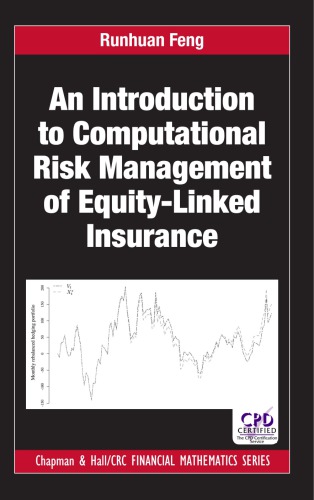

Most ebook files are in PDF format, so you can easily read them using various software such as Foxit Reader or directly on the Google Chrome browser.
Some ebook files are released by publishers in other formats such as .awz, .mobi, .epub, .fb2, etc. You may need to install specific software to read these formats on mobile/PC, such as Calibre.
Please read the tutorial at this link: https://ebookbell.com/faq
We offer FREE conversion to the popular formats you request; however, this may take some time. Therefore, right after payment, please email us, and we will try to provide the service as quickly as possible.
For some exceptional file formats or broken links (if any), please refrain from opening any disputes. Instead, email us first, and we will try to assist within a maximum of 6 hours.
EbookBell Team

4.7
76 reviewsToday's computational power and technology make it possible for the life insurance industry to develop highly sophisticated models, which were impossible just a decade ago. Nonetheless, as more industrial practices and regulations move towards dependence on stochastic models, the demand for computational power continues to grow. While the industry continues to rely heavily on hardware innovations, trying to make brute force methods faster and more palatable, we are approaching a crossroads about how to proceed. An Introduction to Computational Risk Management of Equity-Linked Insurance provides a resource for students and entry-level professionals to understand the fundamentals of industrial modeling practice, but also to give a glimpse of software methodologies for modeling and computational efficiency.